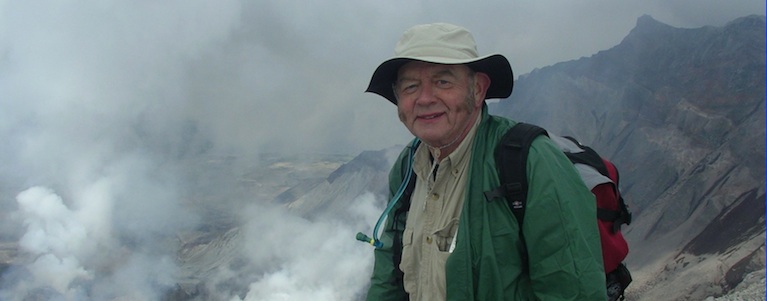On June 22, 2020 Total Americans:
Recovered/Recovering:2,155,722
Cases: 2,275,645
Fatalities: 119,923
Washington State:
28,680 cases, 1,270 fatalities
Lewis County.:
49 cases, 3 fatalities
Yakima County:
6,283 cases, 138 fatalities
Yakima County’s daily new infections numbers continue to be higher than the entire rest of Washington State combined. The governor has now required masks in public and prohibited businesses from serving unmasked customers.
Our vulnerable people must continue to Stay at Home!
Our frontline workers and nursing home workers and patients must be perfectly protected!
We all must continue masks, separation, sanitation and slowing its spread so that we keep the hospitalizations curve flattened and protect our most vulnerable!
The rest of us must get back to work! We’re not dummies; we will protect ourselves by masks, separation and sanitation, thereby preventing any large increase in hospitalizations.
Total American household expenditures, the foundation of our nation, are $30 trillion. We pay these dollars for goods and services made by other workers who then spend their paychecks, another $30 trillion, paying them to others for products and services, and so on up through the nation.
Taxes along the way pay for our health care, education, peace, security and everything.
The once or twice paltry $3 trillion borrowed government stimulus is miniscule compared to this power of we consumers spending our paychecks up through our nation.
Dave Bunting

